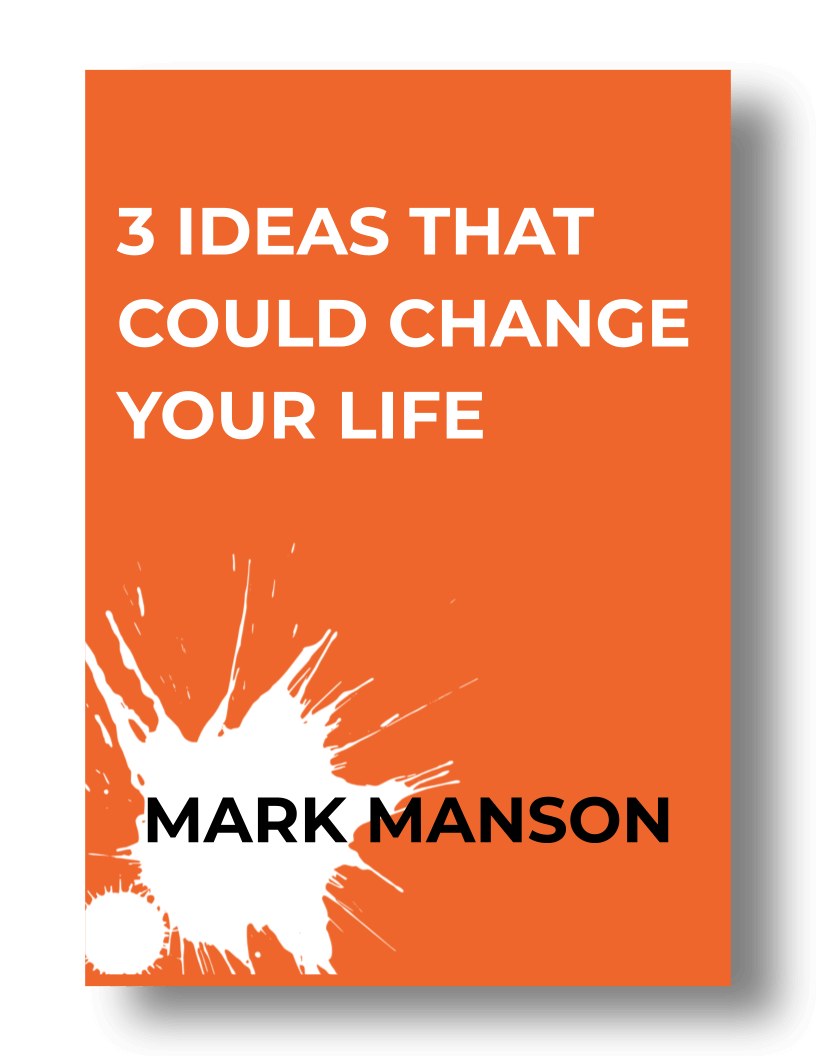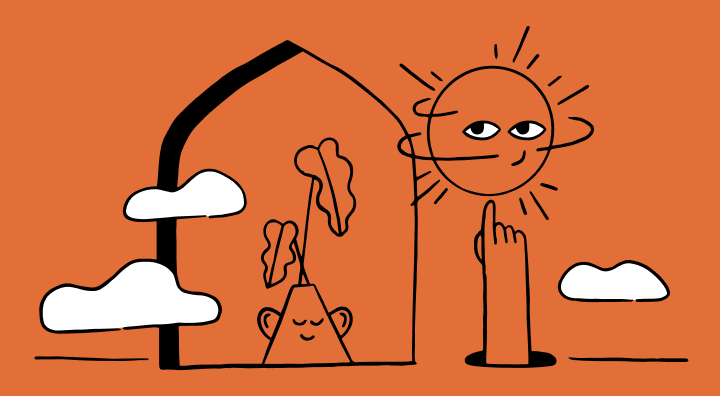5 Ways to Get Rid of Anxiety
We’re living in an era where anxiety seems to be omnipresent, and everyone is struggling with it to some degree.
It’s important to remember that the reasons behind our anxiety may not be as crucial as our reactions to it. In this guide, let’s explore five comprehensive ways to help you deal with anxiety, along with one slower, long-term approach.
Emotions & Physiology: The Undeniable Connection
Our emotions are deeply intertwined with our physiological state.
When we repeatedly experience certain emotions, especially during our formative years, our bodies can adapt to this state as a natural response to various situations.
To challenge and change this, we have to consciously work on reacting differently when those emotions arise.
Here are five techniques to start with.
3 Ideas That Might Change Your Life
Your information is protected and I never spam, ever. You can view my privacy policy here.

Technique 1: Breathe With Purpose
Controlled breathing techniques can effectively regulate our physiological state when anxiety strikes. One of the most popular methods is the 4-7-8 technique:
- Inhale deeply through your nose for 4 seconds.
- Hold your breath for 7 seconds.
- Exhale slowly through your mouth for 8 seconds.
Repeat this cycle at least four times.
Ensure that you’re engaging your diaphragm while breathing, as this promotes better blood flow and helps your body relax.
Technique 2: Embrace the Calming Power of Meditation
Meditation is a potent tool in managing anxiety. It encourages deep, controlled breathing and teaches you to observe your thoughts and feelings without reacting to them.
This ability to let things be without judgment can improve various aspects of your life, making you more relaxed, patient, and resilient.
To start meditating:
- Find a quiet space and sit comfortably.
- Close your eyes and take a few deep breaths.
- Focus on your breath and let your thoughts come and go without engaging with them.
- Gradually increase your meditation time as you become more comfortable with the practice.
Technique 3: Share Your Thoughts and Feelings
Sometimes, the most straightforward solution to anxiety is to talk about it with someone.
By sharing your heightened emotions with a trusted friend, family member, or mental health professional, you may realize that your concerns aren’t as significant as they first appeared.
Connecting with others can provide support, encouragement, and the stability you need to navigate your anxiety.
Technique 4: Confronting the Worst-Case Scenario With Stoicism
Negative visualization is a concept from stoicism that involves imagining the worst-case scenario and learning to accept it.
This exercise enables you to think several steps ahead, recognize that you can handle whatever comes your way, and ultimately reduce anxiety.
To practice negative visualization:
- Identify the situation that’s causing you anxiety.
- Imagine the worst possible outcome.
- Consider how you would cope with this outcome and the steps you would take to move forward.
Technique 5: Tequila Orgy
Just kidding!
While it’s tempting to conflate pleasure with happiness, pleasure is ultimately a false god and will eventually fail you.
But if you laughed a little at that, well that might help your anxiety too.
The Uncomfortable Reality: There’s No Quick Fix
Now, for the slower, long-term approach: The uncomfortable truth is that anxiety never completely disappears—we just become more adept at handling it.
High performers under pressure aren’t necessarily less anxious than others. They’ve simply developed strategies to manage their anxiety more effectively.
It’s essential to acknowledge that there’s no magic pill or instant solution to eradicate anxiety.
Rather than seeking a quick fix, we should focus on embracing a long-term mindset, gradually building resilience and equipping ourselves with tools to navigate anxiety when it arises, starting with the five four I’ve shared in this article.
You’re welcome.
